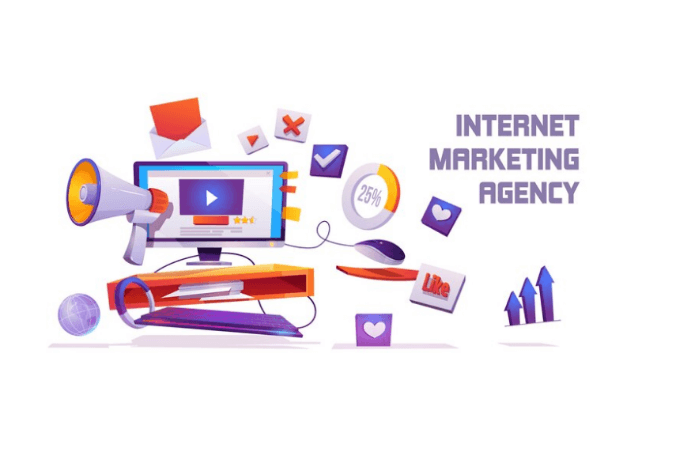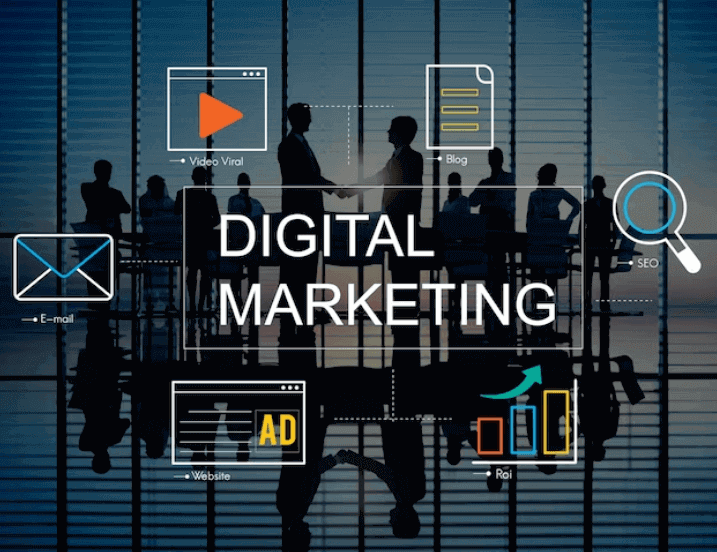
Digital Asset Management Benefits: What matters most?
Digital Asset Management (DAM) has revolutionized the way businesses organize, access, and leverage their digital content. In today’s dynamic digital landscape, the management of digital assets plays a pivotal role in maintaining a competitive edge. From enhancing organization and accessibility to ensuring security and scalability, the benefits of DAM are multifaceted and impactful. Let’s discuss digital asset management benefits.
Introduction to Digital Asset Management (DAM)
In this digital age, the influx of content and media assets demands a structured approach to manage, store, and distribute these resources effectively. Digital Asset Management (DAM) encompasses tools and processes to handle digital assets systematically. Whether it’s images, videos, documents, or creative files, DAM ensures efficient organization and accessibility.
Streamlining Workflow with DAM
One of the primary advantages of DAM is its ability to streamline workflows. By categorizing assets, businesses can quickly locate and retrieve specific files, saving time and effort. Moreover, centralizing assets facilitates seamless collaboration among teams, fostering productivity and reducing redundancy.
Enhancing Brand Consistency
Maintaining brand consistency is vital for any business. DAM systems offer a centralized repository for brand assets, ensuring adherence to brand guidelines across all channels. Version control features prevent the misuse of outdated assets, preserving brand integrity.
Efficient Marketing Campaigns with DAM
DAM empowers marketing teams by enabling easy access to approved assets. The ability to reuse and repurpose content significantly accelerates campaign creation, optimizing resources and improving time-to-market strategies.
Security and Accessibility
While accessibility is crucial, so is security. DAM solutions provide various permission levels, controlling who can access, edit, or download specific assets. Furthermore, encryption and backup features safeguard sensitive data from unauthorized access or loss.
Cost Savings and ROI
Investing in a robust DAM system yields substantial cost savings. Reducing redundancy and waste, along with streamlined processes, contributes to tangible returns on investment. Calculating these financial benefits showcases DAM’s value proposition.
Choosing the Right DAM Solution
Selecting the appropriate DAM solution involves considering factors such as scalability, customization options, integrations, and user-friendliness. Popular platforms like Adobe Experience Manager and Bynder offer diverse functionalities catering to different business needs.
Implementing DAM Successfully
Implementing DAM requires strategic planning and execution. Best practices involve comprehensive training, stakeholder engagement, and overcoming challenges like data migration and user adoption.
DAM for Various Industries
The advantages of DAM extend across industries. In healthcare, for instance, managing medical images and records efficiently improves patient care. Likewise, educational institutions benefit from organized libraries of educational resources.
Future Trends in DAM
The future of DAM is poised for innovation. Artificial Intelligence integration for metadata tagging and automation of workflows represents the evolving landscape. Continual advancements will reshape how businesses leverage their digital assets.
Conclusion
Digital Asset Management serves as a cornerstone for businesses navigating the digital realm. Its multifaceted benefits in workflow optimization, brand consistency, security, and cost savings underscore its indispensability in today’s dynamic market. Hope so this guide to digital asset management benefits was helpful.
FAQs
- How does DAM benefit small businesses? Small businesses benefit from DAM by efficiently organizing their digital assets, enabling quicker content creation and ensuring consistent branding across channels.
- Are DAM systems only for creative industries? No, DAM systems have applicability across diverse sectors like healthcare, education, finance, and more, enhancing asset management and accessibility.
- What challenges might businesses face when implementing DAM? Challenges may include data migration, user adoption, and ensuring alignment with existing workflows. Proper planning and training can mitigate these hurdles.
- How do I calculate the ROI of implementing a DAM system? Calculating ROI involves assessing time saved, reduction in redundant work, and cost savings achieved through streamlined workflows enabled by DAM.
- Is DAM only beneficial for large enterprises? DAM systems cater to businesses of all sizes, offering scalable solutions tailored to their needs.
- How secure are assets within a DAM system? DAM systems employ robust security measures, including role-based access control, ensuring the protection of assets.
- Can DAM systems integrate with existing tools? Yes, DAM systems are designed to seamlessly integrate with various software and platforms commonly used in businesses.
- Are there any emerging trends in DAM? Emerging trends in DAM include AI-driven metadata tagging and enhanced mobile accessibility for on-the-go asset management.





